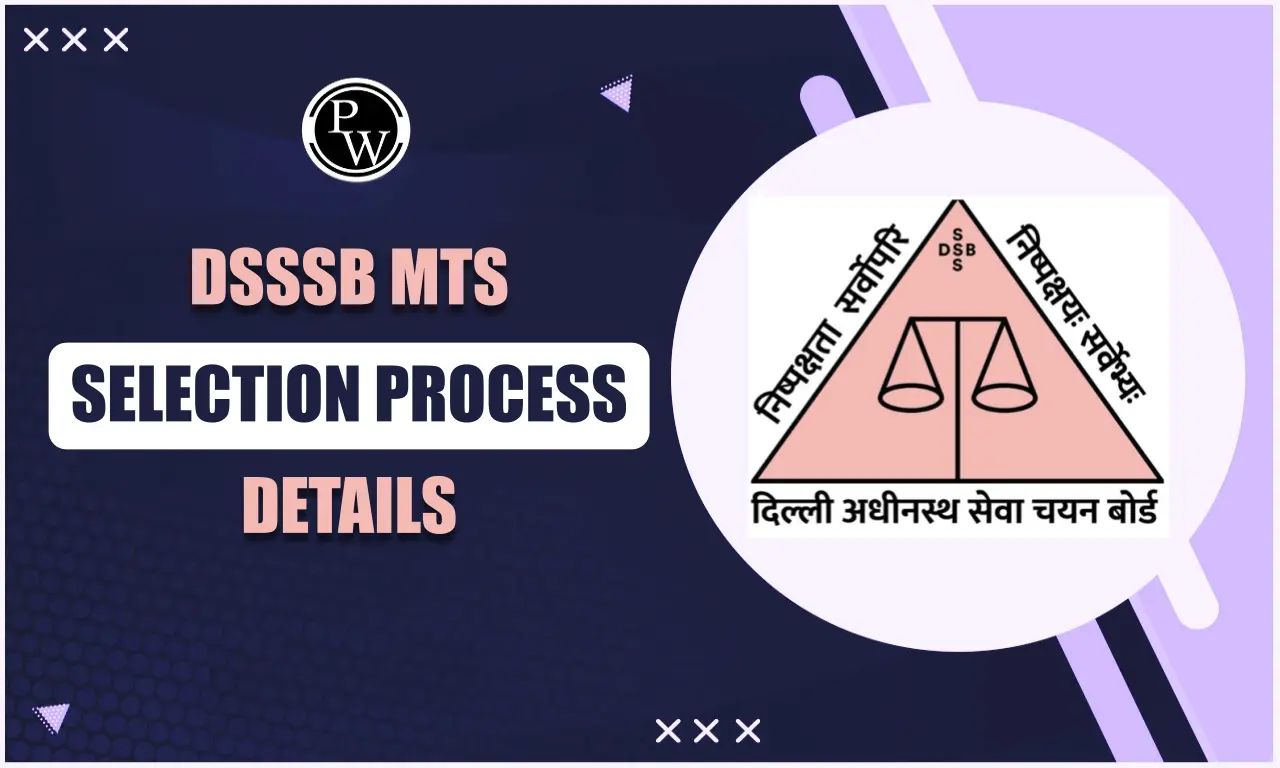
16 Mahajanapadas: The Angutara Nikaya, a Buddhist book, talks about 16 great kingdoms called Mahajanapadas in India around the 6th century BCE. These kingdoms started during the Vedic Age. They grew in eastern Uttar Pradesh and western Bihar between the 6th and 4th centuries BCE because of good farming land and plenty of iron ore. This helped small regions called Janapadas expand using iron weapons, and they became the 16 extensive regions known as the Mahajanapadas.
Evolution of 16 Mahajanapadas
The Janapadas were the main kingdoms in Vedic India. At that time, the Aryans were the strongest tribes and were called ‘Janas.’ Janapada comes from 'Jana,' meaning 'people,' and 'Pada,' meaning 'foot.' By the 6th century BCE, about 22 Janapadas existed. Iron tools in farming and the military, alongside shifts in religion and politics, helped small Janapadas expand into larger Mahajanapadas. People started feeling more loyal to their land (Janapada) than their tribe (Jana). This is called the second urbanization era after the Harappan civilization. During this period, the political center moved from the west to the east of the Indo-Gangetic plains. The eastern land was more fertile due to abundant rain and rivers and was closer to iron production centers.16 Mahajanapadas Names
The Mahajanapads were mostly monarchical kingdoms where dynastic kings were regular powers, and a regular army ruled over a defined territory called Janapada. The following are the names of all the 16 Mahajanapadas:- Anga
- Magadha
- Vajji
- Malla
- Kasi
- Kosala
- Vatsa
- Kuru
- Panchala
- Matsya
- Surasena
- Assaka
- Avanti
- Gandhara
- Kamboja
- Chedi
- Magadha (Important rulers: Bimbisara, Ajatashatru)
- Avanti (Important ruler: Pradyota)
- Kosala (Important ruler: Prasenjit)
- Vatsa (Important ruler: Udayana)
Types of Mahajanpadas
The two types of Mahajanapadas were republic and monarchy. Each type of this has its significance and is described below in detail:1. Monarchical Mahajanapadas
A chieftain or hereditary king was in charge of these. They emphasized Brahmanas and Vedic sacrifices. Some of the examples include Kosala and Magadha.2. Republican Mahajanapadas
In this type of Mahajanpada, the king was elected from a group of Rajas known for their fighting skills. The other features include the following:- The administration was managed with the help of an assembly called Sabha.
- Less importance was given to Brahmanas and Vedic sacrifices.
- In Vajji, an oligarchy form of government was followed.
- These Mahajanapadas were known as gana sangha.
Mahajanpadas Political Features
Kings ruled most Mahajanapadas, but some were republics called Ganas or Sanghas. The best political features of the Mahajanpadas include the following:- In Ganasanghas, a council chose and oversaw the king.
- Vajji was a key Mahajanapada with a Sangha government.
- The founders of Jainism and Buddhism came from these republics.
- Each Mahajanapada had a capital city, often surrounded by forts for protection.
- Kings kept regular armies.
- They collected taxes from the people, usually 1/6th of the crops, called bhaga, or share.
- Artisans, herders, hunters, and traders also paid taxes.
The Changes in Agriculture for 16 Mahajanpadas
Agriculture underwent significant changes with the introduction of iron plowshares, which boosted production. Additionally, farmers adopted the practice of transplanting paddy, where saplings were grown and planted in fields instead of scattering seeds. This method significantly increased yields but also intensified labor efforts.16 Mahajanpadas Location and Capital City
Knowing the location and capital city is essential to understanding Mahajanpadas. The table describes its location and the capital city in much detail:| 16 Mahajanpadas Location and Capital City | ||
| Mahajanpadas | Capital City |
Location |
| Kasi | Banaras | The confluence of the Ganga and Gomti rivers (present-day Varanasi) |
| Kosala | Shravasti | Eastern Uttar Pradesh (modern districts Faizabad, Gonda, and Bhahraich) |
| Anga | Champa | Modern districts of Munger and Bhagalpur in Bihar. |
| Magadha | Girivraja | Modern districts of Patna, Gaya, Shahabad of Bihar |
| Vajji | Vaishali | North of River Ganga in Bihar |
| Malla | Kushinagar | Modern districts of Deoria, Basti, and Gorakhpur in Eastern Uttar Pradesh |
| Chedi | Suktimati | Bundelkhand division of Madhya Pradesh regions |
| Vatsa | Kausambi | Modern districts of Allahabad and Mirzapur in Uttar Pradesh |
| Kuru | Indraprastha | Haryana & Delhi-Meerut-Ghaziabad region |
| Panchala | Ahichhtra | Modern-day Rohilkhand division & Upper Gangetic Plains of Uttar Pradesh & Uttarakhand |
| Matsya | Viratnagar | Alwar, Bharatpur, and Jaipur districts of Rajasthan |
| Surasena | Mathura | Junction of Uttarpatha and Dakshinpatha (around Mathura) |
| Assaka | Potala | Banks of the Godavari River (now in Nandura (Tehsil, Buldana district, Maharashtra) |
| Avanti | Ujjain | Malwa region, divided into northern (Ujjayini) and southern (Mahishmati) parts by the Vindhyas |
| Gandhara | Taxila | Regions between Kabul and Rawalpindi in North Western Provinces |
| Kamboja | Rajpur | Around the Hindu Kush mountains of Kashmir |
16 Mahajanapadas FAQs
Q1. What do Mahajanapadas symbolize?
Ans. Mahajanpadas represent the state system that emerged in the 16th century.
Q2. What did the Mahajanapadas follow?
Ans. Mahajanapadas followed different religions, including Hinduism, Jainism, and Buddhism.
Q3. Who was the last ruler of Mahajanapadas?
Ans. Dhanananda was the last ruler of Mahajanapadas.
Q4. Who was the powerful Mahajanapada?
Ans. Magadha was considered the most potent Mahajanapada.
🔥 Trending Blogs
Talk to a counsellorHave doubts? Our support team will be happy to assist you!

Check out these Related Articles
Free Learning Resources
PW Books
Notes (Class 10-12)
PW Study Materials
Notes (Class 6-9)
Ncert Solutions
Govt Exams
Class 6th to 12th Online Courses
Govt Job Exams Courses
UPSC Coaching
Defence Exam Coaching
Gate Exam Coaching
Other Exams
Know about Physics Wallah
Physics Wallah is an Indian edtech platform that provides accessible & comprehensive learning experiences to students from Class 6th to postgraduate level. We also provide extensive NCERT solutions, sample paper, NEET, JEE Mains, BITSAT previous year papers & more such resources to students. Physics Wallah also caters to over 3.5 million registered students and over 78 lakh+ Youtube subscribers with 4.8 rating on its app.
We Stand Out because
We provide students with intensive courses with India’s qualified & experienced faculties & mentors. PW strives to make the learning experience comprehensive and accessible for students of all sections of society. We believe in empowering every single student who couldn't dream of a good career in engineering and medical field earlier.
Our Key Focus Areas
Physics Wallah's main focus is to make the learning experience as economical as possible for all students. With our affordable courses like Lakshya, Udaan and Arjuna and many others, we have been able to provide a platform for lakhs of aspirants. From providing Chemistry, Maths, Physics formula to giving e-books of eminent authors like RD Sharma, RS Aggarwal and Lakhmir Singh, PW focuses on every single student's need for preparation.
What Makes Us Different
Physics Wallah strives to develop a comprehensive pedagogical structure for students, where they get a state-of-the-art learning experience with study material and resources. Apart from catering students preparing for JEE Mains and NEET, PW also provides study material for each state board like Uttar Pradesh, Bihar, and others
Copyright © 2025 Physicswallah Limited All rights reserved.
Get App









